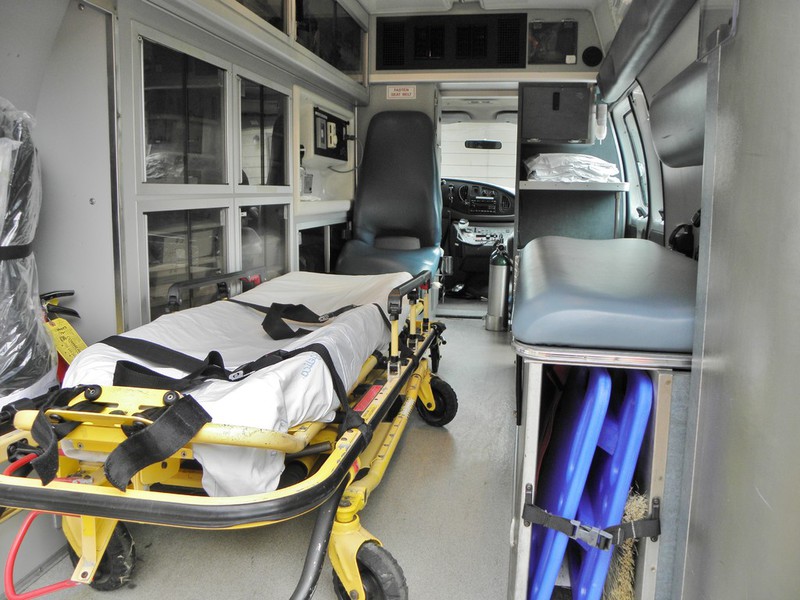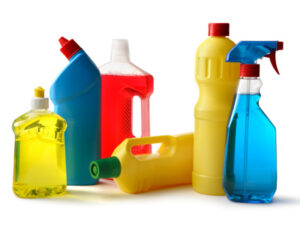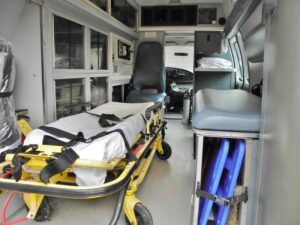Proper cleaning of MTCs and Ambulances

Proper cleaning of MTCs and Ambulances
by Dion Siluch
There are a couple factors to keep in mind when we are cleaning these types of industrial response units. Because of their remote locations, non-sterile environments and distances from hospitals, it is not possible to keep these units 100% bacteria free and sterile.
In the case of OHS Code of Alberta, MTCs and industrial ambulances must be kept “clean and sanitary” under Schedule 2 – Table 4 – 1(f).

Note the use of the word “sanitary” not to be mixed up with the word “sterile”. There seems to be some confusion between the 2 terms. So, in an effort to clear things up, I’ve included a couple of definitions to keep in mind:
Sanitize – To render sanitary, or free from elements, such as filth or pathogens that endanger health. This does not mean ALL possible microorganisms. MOST sanitizing does not remove ALL bacteria, microorganisms, etc.
Sterilize – to render sterile, or to make free from ALL live bacteria or other microorganisms. Kind of a “kill everything” approach to
microorganisms.
Keep in mind that something that is sterilized can also be considered sanitary, but something that is sanitized is not sterile.
By these 2 definitions, we can start to dive into the cleaning requirements for these industrial response vehicles need in order to comply with OHS standards.

Lets start with Timing:
How often should we clean the inside of our industrial response units?
The first thing we should look at is the exposure to dust and particles. As good practice, if the unit is traveling daily i.e driving to location and back every day, then the interior should be cleaned every day or shift. Driving on dusty roads, movement of objects inside and the vibrations of the cab can cause a layer of dust to build up on the surfaces of potential working space.
If however, the unit is stationary for weeks or months at a time, a good practice would be to clean all surfaces and potentially unsanitary areas every week. This leaves no room for error when an emergency might need immediate attention.

Next, we should look at
Products:
2 types of products will typically achieve the desired sanitary result for industrial response units. Soap and Disinfectant.
Using soap is the most effective way to remove dirt and grease from floors and walls. Grabbing a mop bucket and a clean hand towel will ensure you can wipe down all the non-critical areas of the interior. Not to be mistaken for disinfectant, the purpose of soap is to break dow and remove large quantities of dirt, grease, grime and other hard to break down materials.
Second, we will use disinfectant. This is done by spraying or applying a layer of disinfectant on critical surfaces, leaving for a few minutes as the instructions on the product indicate and wiping clean with paper towel. This kills all the germs and microorganisms that may be hiding on these surfaces. This should be used on countertops, handles, sinks, buttons or switches, cupboards, mattresses and any other surface the may come in direct or indirect skin contact.

Using these techniques and a proper amount of time, compliance with OHS standards can be a very simple task. Unlike strict rules set out by hospitals and emergency rooms, we some leeway to how intensive our cleaning and disinfecting procedures become. It is impossible to keep the same standard with all the elements these units face but proper education we can minimize a majority post injury infection in emergency services.
Dion Siluch
